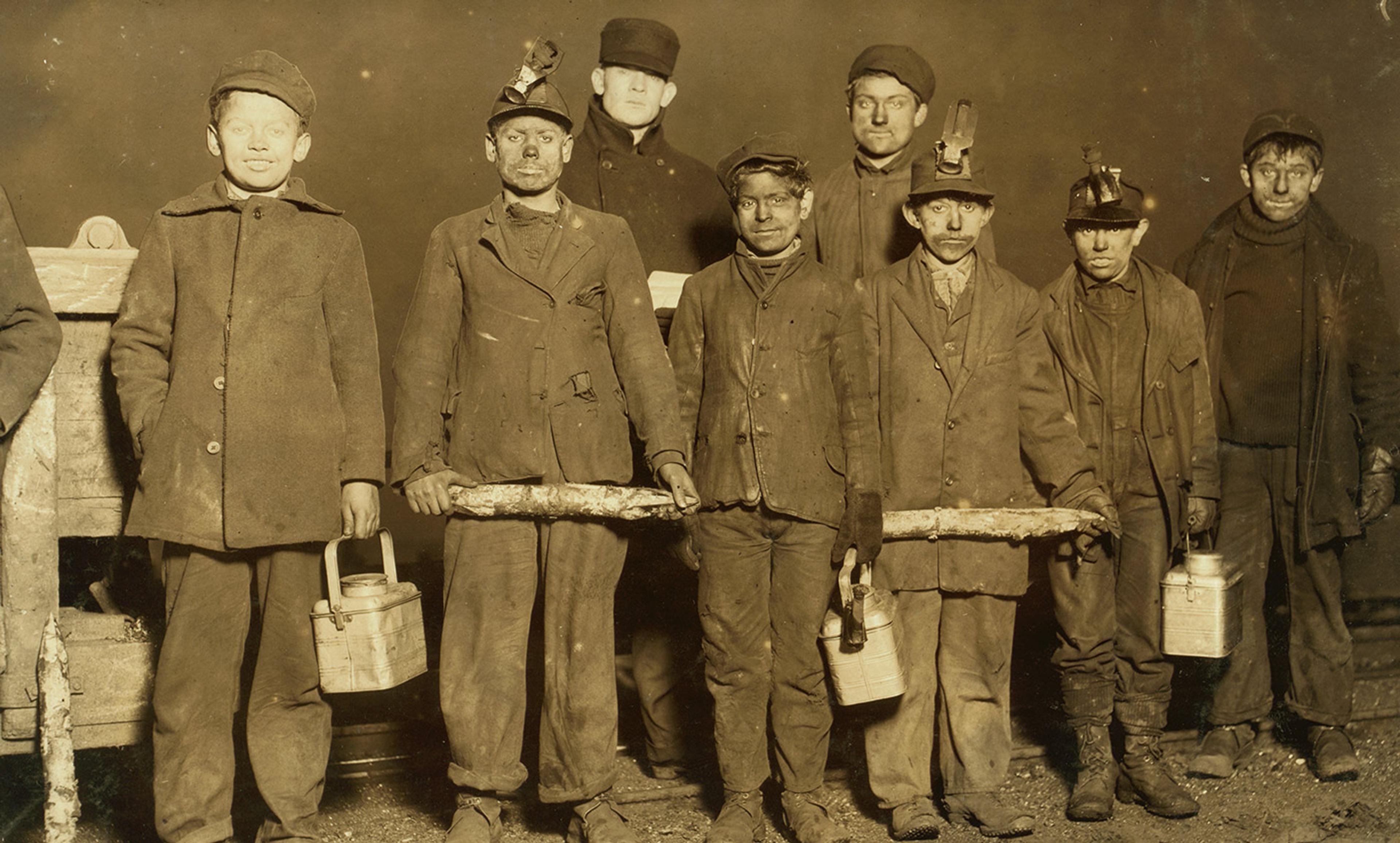
‘At the bus station in Durham, North Carolina.’ May 1940. Photo by Jack Delano/FSA/Library of Congress.
On 5 June 1934, about a year and half after Adolf Hitler became Chancellor of the Reich, the leading lawyers of Nazi Germany gathered at a meeting to plan what would become the Nuremberg Laws, the centrepiece anti-Jewish legislation of the Nazi race regime. The meeting was an important one, and a stenographer was present to take down a verbatim transcript, to be preserved by the ever-diligent Nazi bureaucracy as a record of a crucial moment in the creation of the new race regime.
That transcript reveals a startling fact: the meeting involved lengthy discussions of the law of the United States of America. At its very opening, the Minister of Justice presented a memorandum on US race law and, as the meeting progressed, the participants turned to the US example repeatedly. They debated whether they should bring Jim Crow segregation to the Third Reich. They engaged in detailed discussion of the statutes from the 30 US states that criminalised racially mixed marriages. They reviewed how the various US states determined who counted as a ‘Negro’ or a ‘Mongol’, and weighed whether they should adopt US techniques in their own approach to determining who counted as a Jew. Throughout the meeting the most ardent supporters of the US model were the most radical Nazis in the room.
The record of that meeting is only one piece of evidence in an unexamined history that is sure to make Americans cringe. Throughout the early 1930s, the years of the making of the Nuremberg Laws, Nazi policymakers looked to US law for inspiration. Hitler himself, in Mein Kampf (1925), described the US as ‘the one state’ that had made progress toward the creation of a healthy racist society, and after the Nazis seized power in 1933 they continued to cite and ponder US models regularly. They saw many things to despise in US constitutional values, to be sure. But they also saw many things to admire in US white supremacy, and when the Nuremberg Laws were promulgated in 1935, it is almost certainly the case that they reflected direct US influence.
This story might seem incredible. Why would the Nazis have felt the need to take lessons in racism from anybody? Why, most especially, would they have looked to the US? Whatever its failings, after all, the US is the home of a great liberal and democratic tradition. Moreover, the Jews of the US – however many obstacles they might have confronted in the early 20th century – never faced state-sponsored persecution. And, in the end, Americans made immense sacrifices in the struggle to defeat Hitler.
But the reality is that, in the early 20th century, the US, with its vigorous and creative legal culture, led the world in racist lawmaking. That was not only true of the Jim Crow South. It was true on the national level as well. The US had race-based immigration law, admired by racists all over the world; and the Nazis, like their Right-wing European successors today (and so many US voters) were obsessed with the dangers posed by immigration.
The US stood alone in the world for the harshness of its anti-miscegenation laws, which not only prohibited racially mixed marriages, but also threatened mixed-race couples with severe criminal punishment. Again, this was not law confined to the South. It was found all over the US: Nazi lawyers carefully studied the statutes, not only of states such as Virginia, but also states such as Montana. It is true that the US did not persecute the Jews – or at least, as one Nazi lawyer remarked in 1936, it had not persecuted the Jews ‘so far’ – but it had created a host of forms of second-class citizenship for other minority groups, including Chinese, Japanese, Filipinos, Puerto Ricans and Native Americans, scattered all over the Union and its colonies. American forms of second-class citizenship were of great interest to Nazi policymakers as they set out to craft their own forms of second-class citizenship for the German Jewry.
Not least, the US was the greatest economic and cultural power in the world after 1918 – dynamic, modern, wealthy. Hitler and other Nazis envied the US, and wanted to learn how the Americans did it; it’s no great surprise that they believed that what had made America great was American racism.
Of course, however ugly American race law might have been, there was no American model for Nazi extermination camps, even if the Nazis often expressed their admiration for the American conquest of the West, when, as Hitler declared, the settlers had ‘shot down the millions of Redskins to a few hundred thousand’. In any case extermination camps were not the issue during the early 1930s, when the Nuremberg Laws were framed. The Nazis were not yet contemplating mass murder. Their aim at the time was to compel the Jews by whatever means possible to flee Germany, in order to preserve the Third Reich as a pure ‘Aryan’ country.
And here they were indeed convinced that they could identify American models – and some strange American heroes. For a young Nazi lawyer named Heinrich Krieger, for example, who had studied at the University of Arkansas as an exchange student, and whose diligent research on US race law formed the basis for the work of the Nazi Ministry of Justice, the great American heroes were Thomas Jefferson and Abraham Lincoln. Did not Jefferson say, in 1821, that it is certain ‘that the two races, equally free, cannot live in the same government’? Did not Lincoln often declare, before 1864, that the only real hope of America lay in the resettlement of the black population somewhere else? For a Nazi who believed that Germany’s only hope lay in the forced emigration of the Jews, these could seem like shining examples.
None of this is entirely easy to talk about. It is hard to overcome our sense that if we influenced Nazism we have polluted ourselves in ways that can never be cleansed. Nevertheless the evidence is there, and we cannot read it out of either German or American history.
For further reading, see ‘Hitler’s American Model: The United States and the Making of Nazi Race Law’ by James Whitman, published by Princeton University Press.





